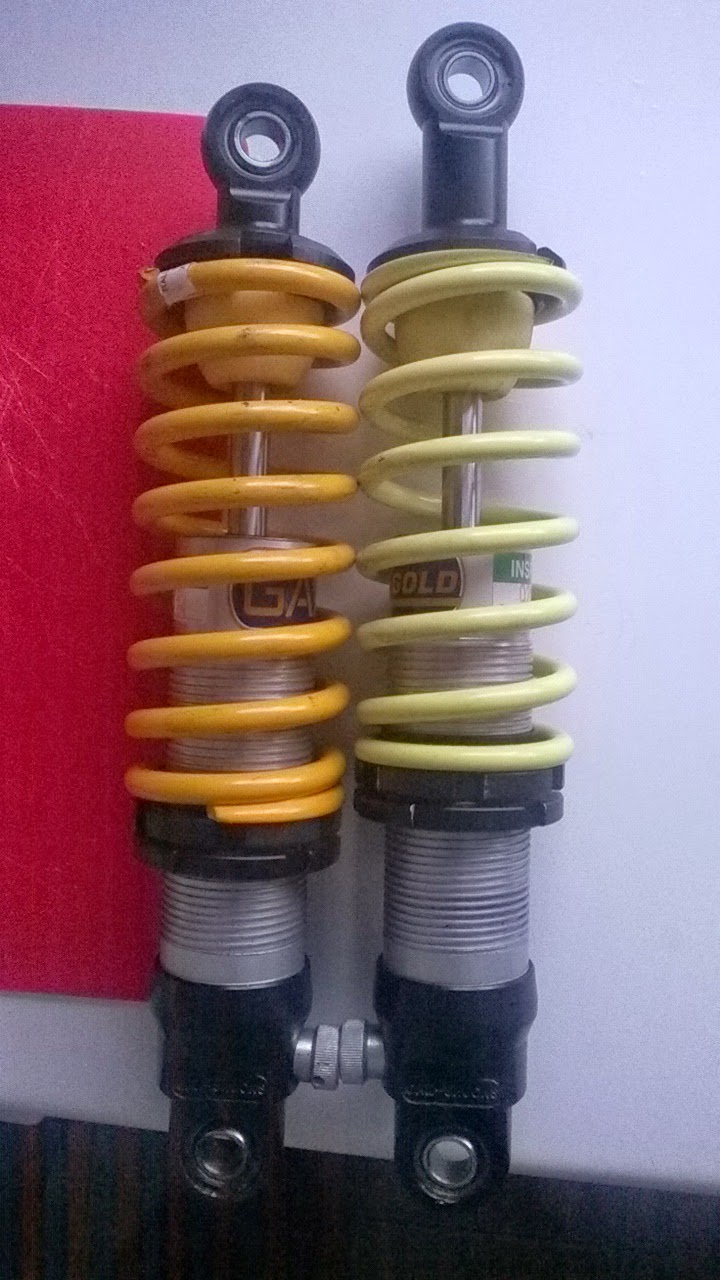Goodness me, it's been a while since last post, but that's not to say nothing has been going on. To be honest, I can't remember all the various bits that I've done but it matters not......IVA is done and dusted.
It went through on the second attempt after a couple of surprising fails first time around. 1st was the wing mirrors. Basically they were not high enough to view the bottom dot on the IVA testers wall. Interestingly, other J15 builders had used the same mirrors and put them in the same position, but mine were 'way out'. Second on the list was the noise level. The pass mark was 100dBs and the J15 came out at 102dB. The issue here was not the exhaust noise but the fact that the engine was / is right next to the exhaust, so the meter picks up both exhaust and engine noise. Not good!.
Anyway enough of all that fail rubbish....retest took the best part of 20 mins, and with my new 4 inch mirror extensions, and 30 quids worth of sound deadening in the engine bay, she flew through. Job done. Since IVA, and by that I mean approx 36.324 mins after IVA, the look of the car has changed a little. The 'not so nice' mirrors have vanished (I think someone stole them), and as luck would have it, I had spare SPA central mirror, and some e-tech wing mirrors.
Also the steering wheel now looks 'different'...it's reduced down to 270mm, and a nice 90mm extension, and now sits perfectly where I want it with the added advantage that my knees don't hit it when driving. The experience is much more 'race car' like when sat in the drivers seat.
Other new additions are the two light covers, which I've been gagging to fit, but have resisted until through the IVA. These make a huge difference to the look of the car. The fitment of these is not great, as the mould of the front clam is not really designed to take them (i.e. there is no lip for them to sit in). But, nonetheless they certainly improve the look of the car in my opinion. I made the fixtures using some stainless washers bent over, then tapped a thread through them to take an M4 hex bolt.
And finally....back to the wheels. I've ditched the image split rims as I was never really quite happy with the size and fitment (mainly the offset). The previous rims had an offset which pushed them out of the arches, but not quite to the edge of the arch extensions. They were also 7 inch and although ok for a 185 tyre, was not optimum. So, I've reverted back to compomotive CXR's 6.5inch all round with an offset of ET01.
Well, that will do for now......I'm going to stop writing this and get on with what I should be doing, which is completing the DVLA forms!. Here hoping I get to drive it before the end of November.............2014 of course.



























.JPG)
.JPG)
.JPG)
.JPG)
.JPG)
.JPG)
















